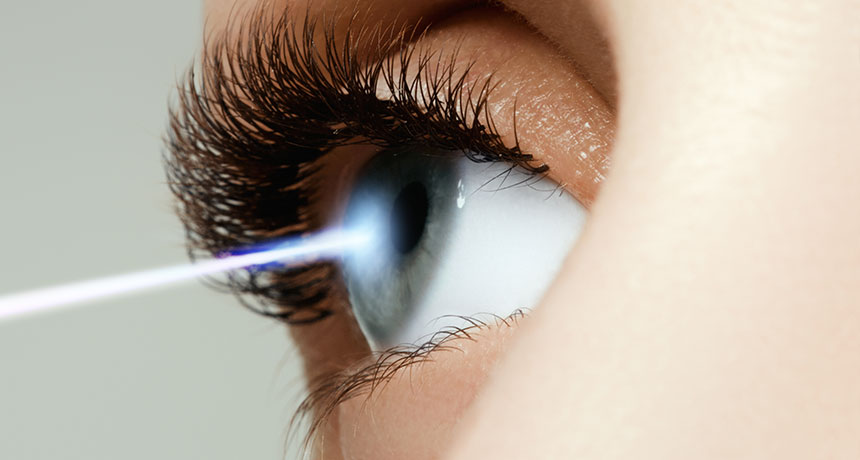
FLASH OF LIGHT People were able to detect single photons in a recent study, indicating that human eyes are sensitive to individual particles of light.
Re_sky/Shutterstock

FLASH OF LIGHT People were able to detect single photons in a recent study, indicating that human eyes are sensitive to individual particles of light.
Re_sky/Shutterstock